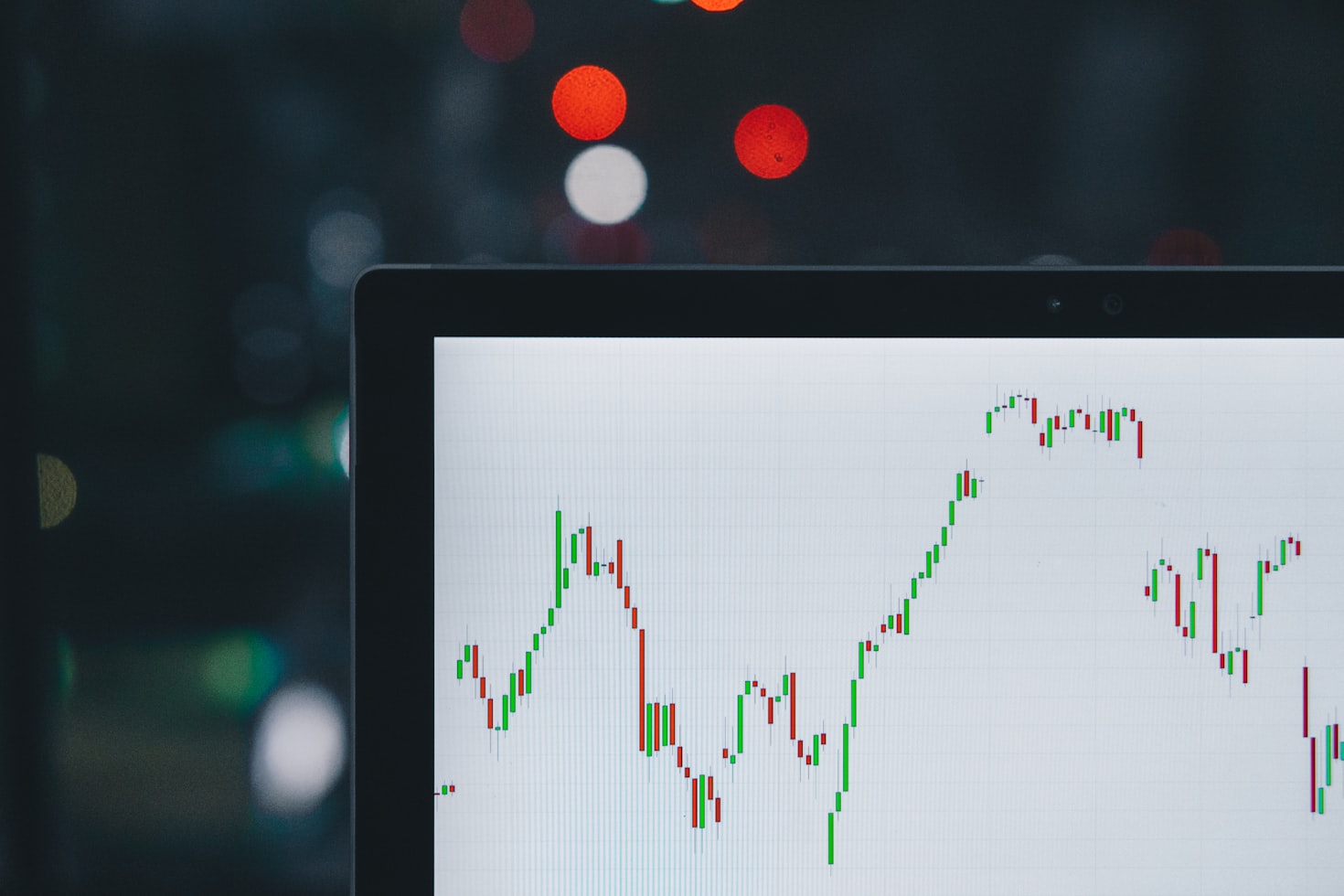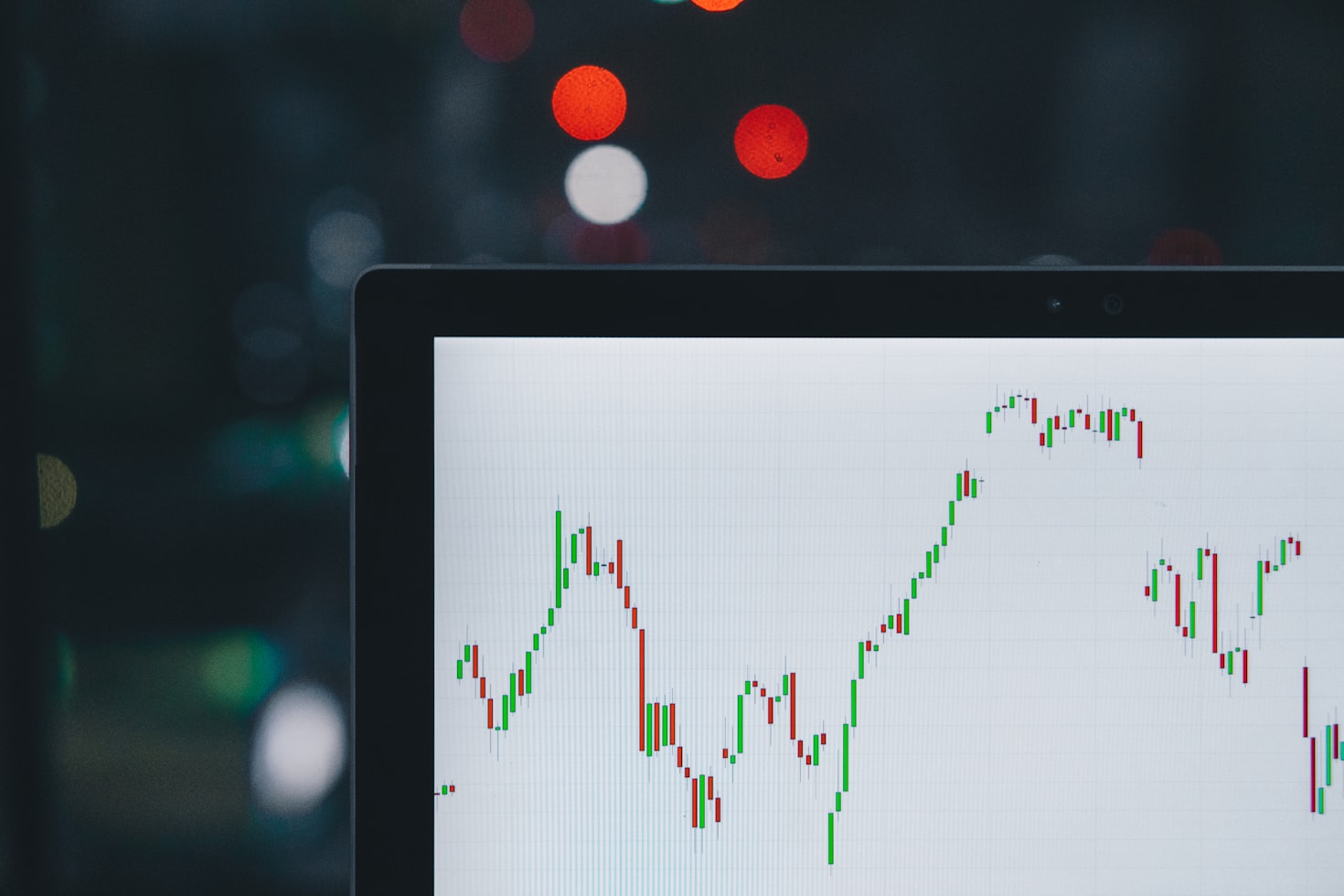ICICI Bank Share Price Breaks Above 200-Day Moving Average: What’s Next for Indian Investors?

The Indian financial market has been witnessing significant fluctuations in recent times, with the rupee depreciating against the US dollar and the Sensex experiencing a rollercoaster ride. Amidst this volatility, ICICI Bank Limited (NYSE:IBN) has made a notable move, passing above its 200-day moving average. In this blog post, we’ll delve into the implications of this development for Indian investors and explore what’s next for this prominent Indian bank.
Indian Banking Sector: A Primer
Before we dive into the specifics of ICICI Bank, it’s essential to understand the Indian banking sector’s current landscape. The Indian economy is currently grappling with challenges such as high inflation, a widening trade deficit, and a slowing GDP growth rate. The Reserve Bank of India (RBI) has been implementing measures to combat these issues, including increasing interest rates and implementing stricter lending norms. Against this backdrop, Indian banks like ICICI Bank are facing unique challenges, including a slowing economy and a rise in bad loans.
ICICI Bank’s Breakout: What’s Behind the Move?
So, what’s driving ICICI Bank’s share price above its 200-day moving average? There are a few factors at play here. Firstly, the bank’s strong balance sheet and robust capital adequacy ratios have helped it weather the economic storm. Secondly, ICICI Bank’s efforts to diversify its business and reduce its dependence on traditional lending have paid off, with its digital banking initiatives and wealth management businesses showing promising growth. Finally, the bank’s proactive approach to bad loan management and its focus on recovering distressed assets have helped to improve its asset quality.
What’s Next for Indian Investors?
As ICICI Bank’s share price continues to move above its 200-day moving average, what should Indian investors do? Here are a few key takeaways:

Comparison with Global Markets
It’s essential to note that the Indian banking sector faces unique challenges, including the impact of demonetization and the Goods and Services Tax (GST) on its operations. However, ICICI Bank’s performance can be compared to that of its global peers. For instance, the bank’s return on equity (ROE) is higher than that of many of its global peers, indicating its ability to generate profits.
Conclusion
ICICI Bank’s share price breakout above its 200-day moving average is a significant development that has implications for Indian investors. While there are challenges facing the Indian banking sector, ICICI Bank’s strong fundamentals and growth potential make it an attractive investment option. Whether you’re a long-term investor or a short-term trader, it’s essential to approach this stock with a careful eye and consider the factors mentioned above.
Key Takeaways:
IMAGE SUGGESTIONS:
Note: The article’s main topic is Indian banking, so the blog post should focus on the specific nuances of the Indian banking sector and how they impact investors.


